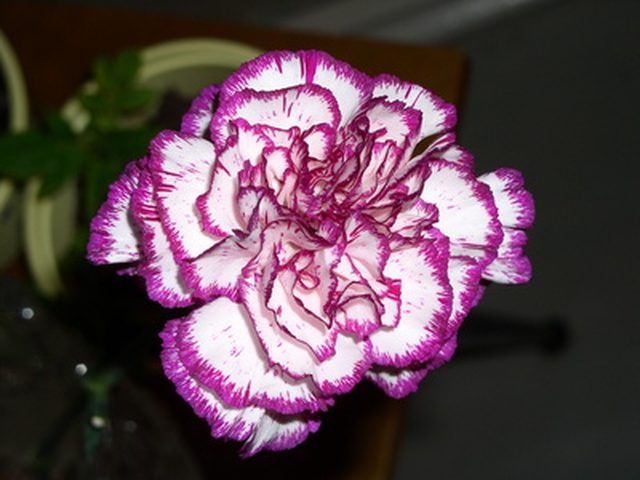Bulbs
Flower Basics
Flower Beds & Specialty Gardens
Flower Garden
Garden Furniture
Garden Gnomes
Garden Seeds
Garden Sheds
Garden Statues
Garden Tools & Supplies
Gardening Basics
Green & Organic
Groundcovers & Vines
Growing Annuals
Growing Basil
Growing Beans
Growing Berries
Growing Blueberries
Growing Cactus
Growing Corn
Growing Cotton
Growing Edibles
Growing Flowers
Growing Garlic
Growing Grapes
Growing Grass
Growing Herbs
Growing Jasmine
Growing Mint
Growing Mushrooms
Orchids
Growing Peanuts
Growing Perennials
Growing Plants
Growing Rosemary
Growing Roses
Growing Strawberries
Growing Sunflowers
Growing Thyme
Growing Tomatoes
Growing Tulips
Growing Vegetables
Herb Basics
Herb Garden
Indoor Growing
Landscaping Basics
Landscaping Patios
Landscaping Plants
Landscaping Shrubs
Landscaping Trees
Landscaping Walks & Pathways
Lawn Basics
Lawn Maintenance
Lawn Mowers
Lawn Ornaments
Lawn Planting
Lawn Tools
Outdoor Growing
Overall Landscape Planning
Pests, Weeds & Problems
Plant Basics
Rock Garden
Rose Garden
Shrubs
Soil
Specialty Gardens
Trees
Vegetable Garden
Yard Maintenance
How Do Flowers Absorb Dye?
How Do Flowers Absorb Dye?. Many people are familiar with the concept of dyeing flowers with food coloring. But did you ever stop to think about the underlying process that occurs when you dye flowers using just colored water? The structure of the plant and natural processes like transpiration and cohesion enable many flowers to readily absorb the...

Many people are familiar with the concept of dyeing flowers with food coloring. But did you ever stop to think about the underlying process that occurs when you dye flowers using just colored water? The structure of the plant and natural processes like transpiration and cohesion enable many flowers to readily absorb the food coloring and deposit the dye on their petals.
Dyeing Process
When a cut flower is placed in dye, the dye is pulled up the stem and absorbed along with the water. As transpiration causes the water to evaporate from the leaves, the dye is left behind on the petals. The entire dyeing process can take anywhere from a few hours to a few days, depending on the conditions, the flowers and the dyes.
Transpiration
The process of transpiration refers to the evaporation of water from a plant's leaves. The majority of water inside of a plant is eventually lost through transpiration. The loss of water through the leaves creates low pressure in the leaves, which leads the plant to pull more water up through the stem, much like a straw. Once the water begins to travel up the plant's vessel system, cohesion causes the water molecules to stick together and continue to move up the stem.
Flowers
White daisies and carnations are generally the two flowers most recommended for dyeing, although any long-stemmed flower will work. Daisy petals can be dyed completely; carnations typically display the color of the dye while still maintaining a little whiteness on the petals. Whichever flower you choose, the dyeing process will be most successful if you select a fresh flower, rather than one that is in full bloom or wilted.
Factors
The dye works best with very warm to hot water since heat acts as a catalyst. Similarly, warmer air temperature will also speed up the water absorption and dyeing process. Different color dyes seem to work at different rates due to the chemical makeup of the dye, while different brands of food coloring also affect the rate of color absorption. Experiments indicate that blue dye is most effective, followed by red dye and then green dye.
Tips
Recut the stem diagonally under water before placing the flower in dyed water. This encourages the flow of water up the flower stem and prevents any air bubbles from forming at the base of the stem. Florists suggest adding a floral preservative to the water to extend the life of your flowers as you dye them. Experts also recommend using 30 to 40 drops of food coloring in order to achieve the desired color.